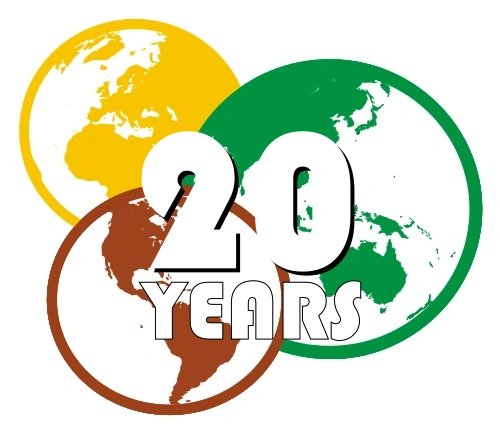| Kingdom of Belgium Koninkrijk België (Dutch) Royaume de Belgique (French) Königreich Belgien (German) | ||||||
| ||||||
| ||||||
| Motto "Eendracht maakt macht" (Dutch) "L'union fait la force" (French) "Einigkeit macht stark" (German) "Unity makes strength" | ||||||
| Anthem "La Brabançonne" (English: "The Brabantian") | ||||||
Location of Belgium in 2011 before the partition
| ||||||
| Capital | Brussels City | |||||
| Languages | Dutch, French, German | |||||
| Government | Unitary parliamentary constitutional monarchy (1830–1993) Federal parliamentary constitutional monarchy (1993–2011) | |||||
| Monarch | ||||||
| - | 1831–1865 | Leopold I | ||||
| - | 1865–1909 | Leopold II | ||||
| - | 1909–1934 | Albert I | ||||
| - | 1934–1951 | Leopold III | ||||
| - | 1951–1993 | Baudoin | ||||
| - | 1993–2011 | Albert II | ||||
| Prime Minister | ||||||
| - | 1831 (first) | Étienne Constantin de Gerlache | ||||
| - | 2009–2011 (last) | Yves Leterme | ||||
| Legislature | Federal Parliament | |||||
| History | ||||||
| - | Declaration of independence from the Netherlands | 4 October 1830 | ||||
| - | Recognised | 19 April 1839 | ||||
| - | Federalisation | 1970–1993 | ||||
| - | Partitioned into Flanders, Wallonia and Brussels | 18 May 2011 | ||||
| Currency | Belgian franc (1830–1999) Euro (1999–2011) | |||||
The Kingdom of Belgium was a sovereign country that existed from the declaration of independence from the Netherlands in 1830 until its partitioning into Flanders, Wallonia and Brussels in 2011 in the aftermath of the 2007-2011 political crisis in Belgium.
The southern areas of the Netherlands rebelled during the 1830 Belgian Revolution, establishing the Belgian state, officially recognized at the London Conference of 1830. The first King of Belgium, Leopold I, assumed the throne in 1831. Leopold became known domestically for bringing a swift end to the Belgian theater in the Revolutions of 1848, and internationally as pacifying force in European politics, mediating disputes between great powers and maintaining Belgian neutrality.
Belgium's second king, Leopold II, became a controversial figure when he established a colony in south-central Africa, the Congo Free State, as his own personal fief. When the atrocities of his rule became public, he was stripped of control of the colony by the Belgian government, establishing the Belgian Congo. Domestically, Leopold presided over a state known for growing liberal sentiments, with the growth of the labour movement and the establishment of universal male suffrage.
The first half of the twentieth century was much more tumultuous for Belgium. Its historic neutrality was violated twice in each of the World Wars, as Germany used the relatively open terrain of Belgium to bypass French defenses. Belgian resistance to the German invaders resulted in the Rape of Belgium during World War I. The surrender by Leopold III of Belgium to German forces shortly after the 1940 invasion of the country served to drive a wedge between the King and his people, and would forever damage his legacy. After the war he remained in exile while a regent, Prince Charles, Count of Flanders, ruled in his stead. His attempt to return to the country and re-exert personal control of the country led to a constitutional crisis in 1950, which led to his abdication in favor of his son Baudouin.
Baudouin took a less active role in politics than his predecessors, and Belgium entered the second half of the twentieth century showing an unprecedented era of economic growth, as Belgium took an active role in the formation of the Benelux customs union with its neighbors, the Netherlands and Luxembourg. The union allowed the states to resist American political and economic influence during the period of the Marshall Plan, and allowed the region to plot its own economic path. Ultimately, the Benelux union would serve as a model for the European Economic Community, a precursor to the European Union; to this day Brussels serves as the seat of many of the European Union institutions. Other major events during Baudouins reign included the independence of the Belgian Congo leading to the Congo Crisis, the conflicts between the Christian Social Party and its more left-leaning opponents over school funding, and the growth of the Flemish Movement.



